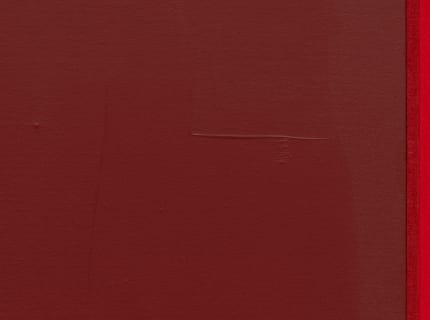In 1978, a group of 8th-grade students from Marfa Junior School visited Donald Judd at his home and studio in that small Texas town to interview him for a documentary they were making. They asked him how he gained recognition, prompting Judd to talk about his “first serious exhibition,” at the Green Gallery in New York, 15 years earlier. At the time, “a small number of people thought it was interesting,” the artist said, while adding that not many people follow contemporary art as it is. “Slowly, over the years, your reputation builds up. It’s a little mysterious to me.”
Today, of course, Judd’s influence is everywhere. His rigorously abstract art has informed high-end architecture and fly-by-night Airbnbs; lifestyle brands and self-help philosophies; and artists across disciplines. This season, the artist, who died in 1994, at the age of 65, is the toast of New York, where the expansive breadth of his work has been everywhere on view. The Museum of Modern Art has given over its whole sixth floor to a thrilling retrospective, and galleries all over town have staged shows: David Zwirner has pieces from his last 25 years, Gagosian a sprawling 1980 installation, Mignoni late drawings; and 192 Books woodcuts. The Judd Foundation, located in the artist’s longtime SoHo home at 101 Spring Street (which he conceived as an artwork in its own right), is showing still more prints. These shows are, of course, all on pause right now.
To mark this focus on Judd, Surface’s editors spoke with designers, architects, and artists about the effect that he has had on their work. —The Editors
Jennie C. Jones
Artist
My first encounter with Judd as a young art student was a fundamental consideration of object-hood. As a painter, the satisfaction of stretching a canvas with copper tacks, the thumping upon completion of it to hear the sound of toughness—that in itself was somehow enough. Judd prompted me to consider that it just might be. There are social and political ramifications to rejecting “subject” and embracing “object”—as an African-American woman, much more is at stake. Minimalism becomes a radical gesture empowering a refusal to sell my narrative or bodies.
Contemplating paintings as objects, not as windows into other worlds, is where I found resolution. That paintings create shadows with their physical presence on the walls they grace, that the edges might cast a bounce of light and hum when those side surfaces are not ignored. Juddish?
In a way, Judd’s influence on my practice might be an ability to pay attention to the spaces around a sculpture, the negative space. A marginal space observed by someone operating in the margins.
...
Read full article at surfacemag.com.

